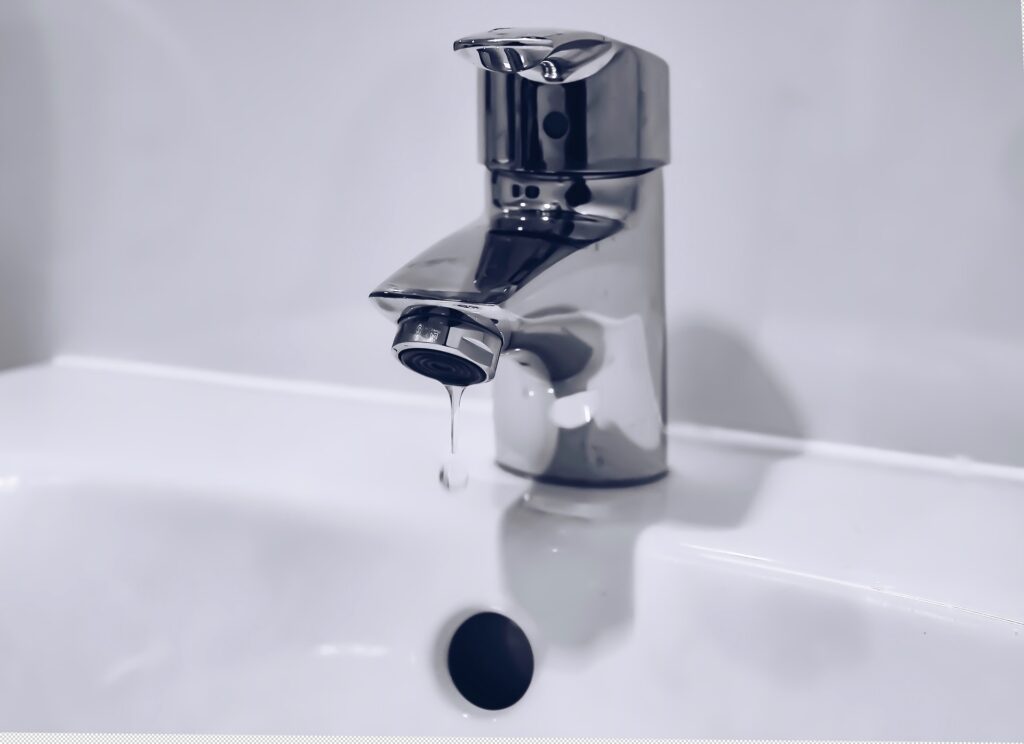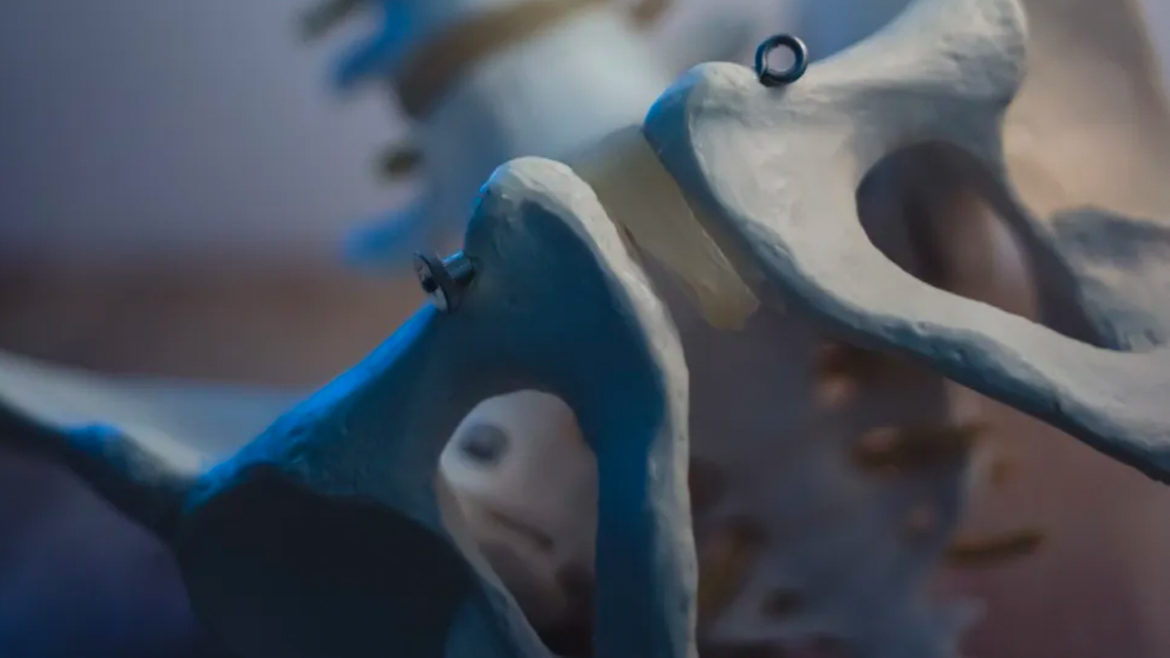According to recent statistics from the National Association for Continence, over 25 million adult Americans experience temporary or chronic urinary incontinence. This is a common, widespread, but oftentimes very overlooked and misunderstood issue. What most people don’t know is that there are different therapeutic solutions to help reduce daily leakage, or even eliminate it altogether.
If this sounds like you, wouldn’t you want to know how to overcome urinary incontinence?

What is urinary incontinence?
Urinary incontinence is the accidental leakage or increased urgency to urinate often. It can be felt by anyone of all ages. It can range drastically from person to person – and can be managed or treated by exercise, lifestyle changes, or dietary changes.
What causes urinary incontinence?
There is a lot of misinformation surrounding the causes of urinary incontinence, or UI. In a broad sense, the types of UI can be put into two different categories: urge and stress urinary incontinence.

Urge urinary incontinence
Urge urinary incontinence can be caused by certain drinks, foods, and even medications and stimulants. Included in this list are things such as:
- Alcohol, caffeine, carbonated beverages
- Artificial sweeteners, chocolate, overly spicy and sweet foods, citrus fruits
- Heart and blood pressure medications
Here are common examples of urge incontinence
- Feeling the urge to pee as soon as you put your key in the door to your house
- Worried about prolonged walking because you won’t find a bathroom
- Feeling the need to pee after you just peed

Stress urinary incontinence
Stress urinary incontinence is accidental leakage when there is extra stress placed on the pelvic floor. Below are some common reasons that it can occur
- Pregnancy and childbirth (ie tearing during child birth)
- Poor breathing form (not using your diaphragm so your pelvic floor muscles are not as active throughout the day)
- Pelvic surgery
- Poor exercise or running form
Here are some examples of SUI (stress urinary incontinence)
- Peeing when you cough, sneeze or laugh
- Peeing when you jump, lift or exercise

Myths about urinary incontinence
Because urinary incontinence can be an embarrassing condition, those who suffer from it may do so in silence. This is what prevents so many people from getting the care they need — and we want that to end.
Myth #1: Only elderly people, or people who have been pregnant, suffer from urinary incontinence
While it is true that many people who have been pregnant do face increased likelihood of UI, it also can affect those who are pre/post menopause. Either way, you are not alone. Bladder dysfunctions can start in people regardless of gender, as young as 18 years old. And if people with penises have any type of prostate gland issue, whether it be serious or minor, they are at a risk of incontinence.
Myth #2: If you suffer from urinary incontinence you should drink as little fluid as possible to improve your symptoms
The only thing that limiting fluids does is further concentrate your urine, which then leads to a higher chance of bladder irritation — making the symptoms of UI worse. Always drink adequate fluids, you may have to temporarily stay away from any that you have found cause symptoms to worsen, in order to keep urine diluted.
Myth #3: Nothing can be done about urinary incontinence OR surgery is the only option to treat urinary incontinence
In most cases, urinary incontinence can be managed or treated successfully. Surgery is only ONE of the options for treatment — and that’s to be used only after all other avenues have been exhausted. Urinary incontinence treatments include behavioral and physical therapies, lifestyle modifications, and medications. Treatment plans depend on many different factors, including age and gender of the patient.

Find relief from urinary incontinence with ResilientRx
At ResilientRx, we offer modern physical therapy to target pelvic floor pain and dysfunction, which provides much-needed treatment for people who suffer from urinary incontinence.
We go beyond just the pelvic floor with this therapy. We target your mobility and movement patterns that may help explain why these problems are occurring. By hitting the root cause of your urinary incontinence, we have a better chance of reducing your incidents — and possibly relieving them entirely! Our urinary incontinence and pelvic therapy treatments can be performed internally (intra-vaginally) and/or externally to reduce pain/dysfunction and ensure long-term results.
If you’re someone who is struggling with UI and has been told that constantly doing kegels is the only way to fix the problem, reach out to us today. We’ll begin a therapy regimen designed to not only to strengthen your pelvic floor muscles but also target the root cause of the bigger issue.




